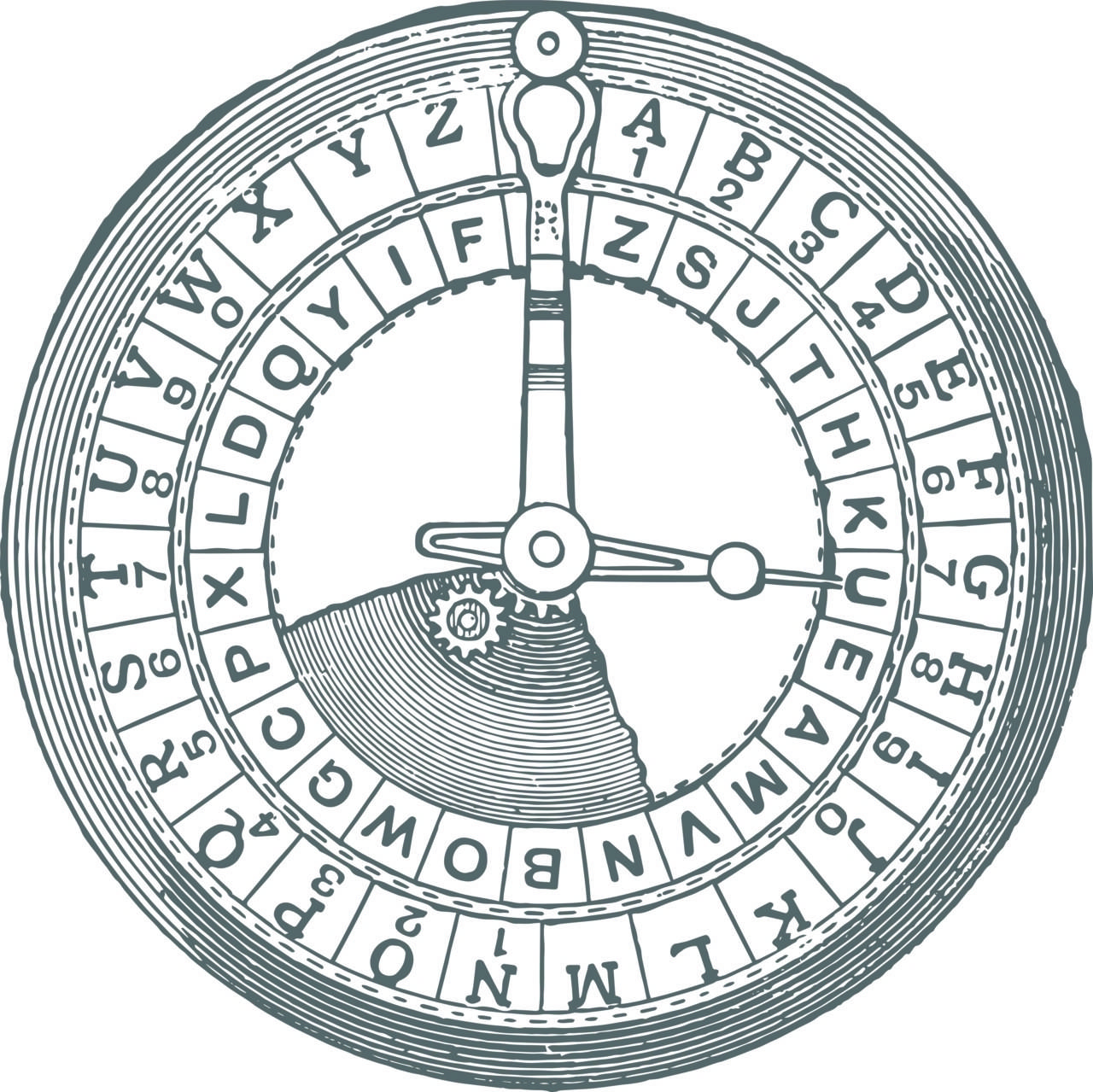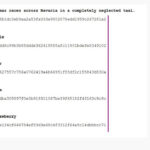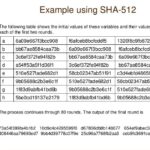Throughout history, the enigmatic world of cryptography has captivated minds, sparking debates and speculation regarding its true origins. Who really invented cryptography? This question invites not just academic inquiry but also theological reflection. As we embark on this exploration, let us navigate the triumphs and tribulations, the saints and sinners, all while probing the moral implications seen through a Christian lens.
In antiquity, the earliest forms of communication were simple and straightforward, yet necessity birthed complexity. Ancient civilizations, notably the Egyptians and the Mesopotamians, utilized rudimentary forms of secrecy in their hieroglyphs and cuneiform writings to conceal their thoughts behind a veil of symbols. However, it was the Greeks who elevated the abstract art of coding messages to a more sophisticated level. The famous Spartan king, Lycurgus, purportedly employed an early device known as the scytale, a rudimentary tool fashioned from a staff wrapped with parchment. When unwound, it laid bare seemingly incoherent text that only the bearer of a staff of the same diameter could decipher. Herein lies the challenge: can we contextualize such innovations within the prevailing theological paradigms of their times?
As we journey forward chronologically, the transition into the Roman era brings us to Julius Caesar, who famously devised the Caesar cipher. This simple substitution cipher, which involved shifting letters in the alphabet, served more than mere primitive security; it maintained the integrity of military communications. Such strategic encoding also reverberates with Christian themes of secrecy and revelation. In Matthew 13:10-11, Jesus articulates the importance of revealing truths only to those prepared to receive them. Could we consider Caesar’s cipher akin to the parables of Christ? A layered message intended for specific audiences?
Moving into the Middle Ages, the complexity of cryptography grew in tandem with the sophistication of language and theology. Medieval texts, often infused with allegorical meanings, required intricate ciphers for the protection of sensitive information. Monastic scribes, imbued with both scholarly and spiritual duties, might have employed coded language to preserve holy scripts and theological discourse, while simultaneously striving to safeguard them from prying eyes. In this light, one might interpret the act of encrypting sacred texts as a divine mandate aimed at preserving spiritual truths for the faithful. Was the encrypted text a testament to standing firm against external forces, echoing Paul’s exhortation in Ephesians 6:10-18 to don the armor of God?
The advent of the Renaissance heralded a transformative period in cryptography, marked by the advent of more complex ciphers, such as the Vigenère cipher, which utilized a keyword to provide a varying shift for each letter of the plaintext. This innovation illuminated the minds of European thinkers, speaking to the burgeoning humanist movement that sought to reconcile faith and reason. Prominent figures such as Blaise Pascal pondered the intricacies of knowledge and the hidden truths of the universe. In the interface of faith and logic, we can speculate whether the elegance of a Vigenère cipher might parallel the delicate balance of faith’s mysteries against the rational pursuit of understanding divine intentions.
With the dawn of the Enlightenment and the subsequent emergence of modern communications, the marriage of cryptography and warfare became undeniably apparent. The American Revolution necessitated coded correspondence among revolutionaries, establishing a paradigm shift in how encryption was perceived. Figures like Benjamin Franklin utilized their wit and intellect not only to challenge British authority but also to encode their ambitions for a new world. Here lies an intriguing paradox: could it be that in our quest for independence, we inadvertently mirrored the struggles of biblical figures, such as Moses, who concealed his true identity while leading the Israelites towards freedom?
In the 20th century, as technological prowess surged, the scope of cryptography expanded exponentially. The enigmatic German Enigma machine, employed during World War II, epitomized the apex of mathematical ingenuity wrapped in secrecy. The efforts of codebreakers, particularly at Bletchley Park, underscore a moral quandary. They were tasked with decrypting messages imbued with immense human suffering. In this context, we must ask ourselves: does the act of revealing secrets equate to fulfilling a moral obligation, or does it infringe upon divine providence? This moral ambiguity resonates within Christian ethics, complicated by the call for both transparency and discretion.
As we venture into the contemporary landscape, the rise of digital encryption has challenged our comprehension of secrecy. Cryptography now serves as the backbone for online security, ensuring the sanctity of personal information. However, it also raises ethical dilemmas concerning privacy, freedom, and surveillance – themes that echo biblical concerns about stewardship and the sanctity of the human soul. The question persists: in a world where information can be encoded or decoded with a mere click, what does it mean to protect one’s knowledge in a manner that honors both individual agency and divine oversight?
As we conclude this exploration of the cryptographic tapestry woven through history, one cannot help but ponder the theological implications of secrets, revelation, and knowledge. The intricacy of encoded messages, enriched by historic context and moral undertones, invites continuous reflection. Who truly invented cryptography? Perhaps the answer is not limited to a single entity but is rather a collective endeavor forged through necessity, morality, and the divine insight of generations past.








Leave a Comment